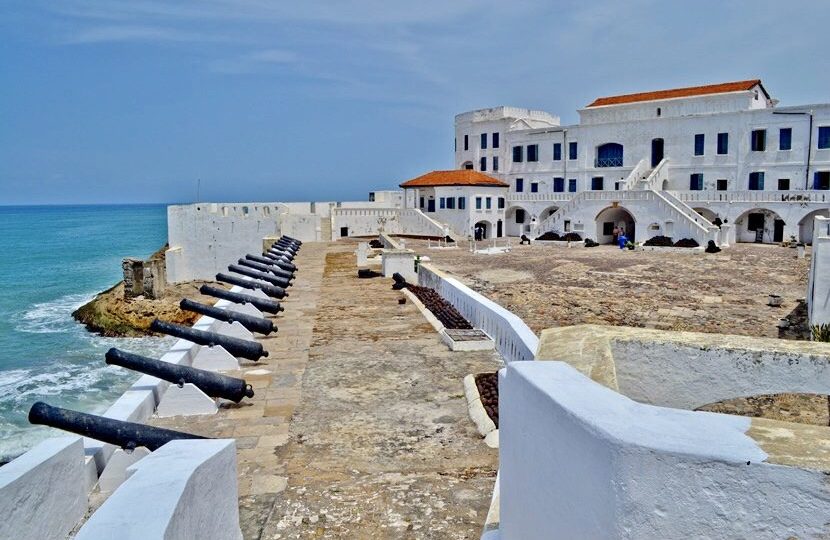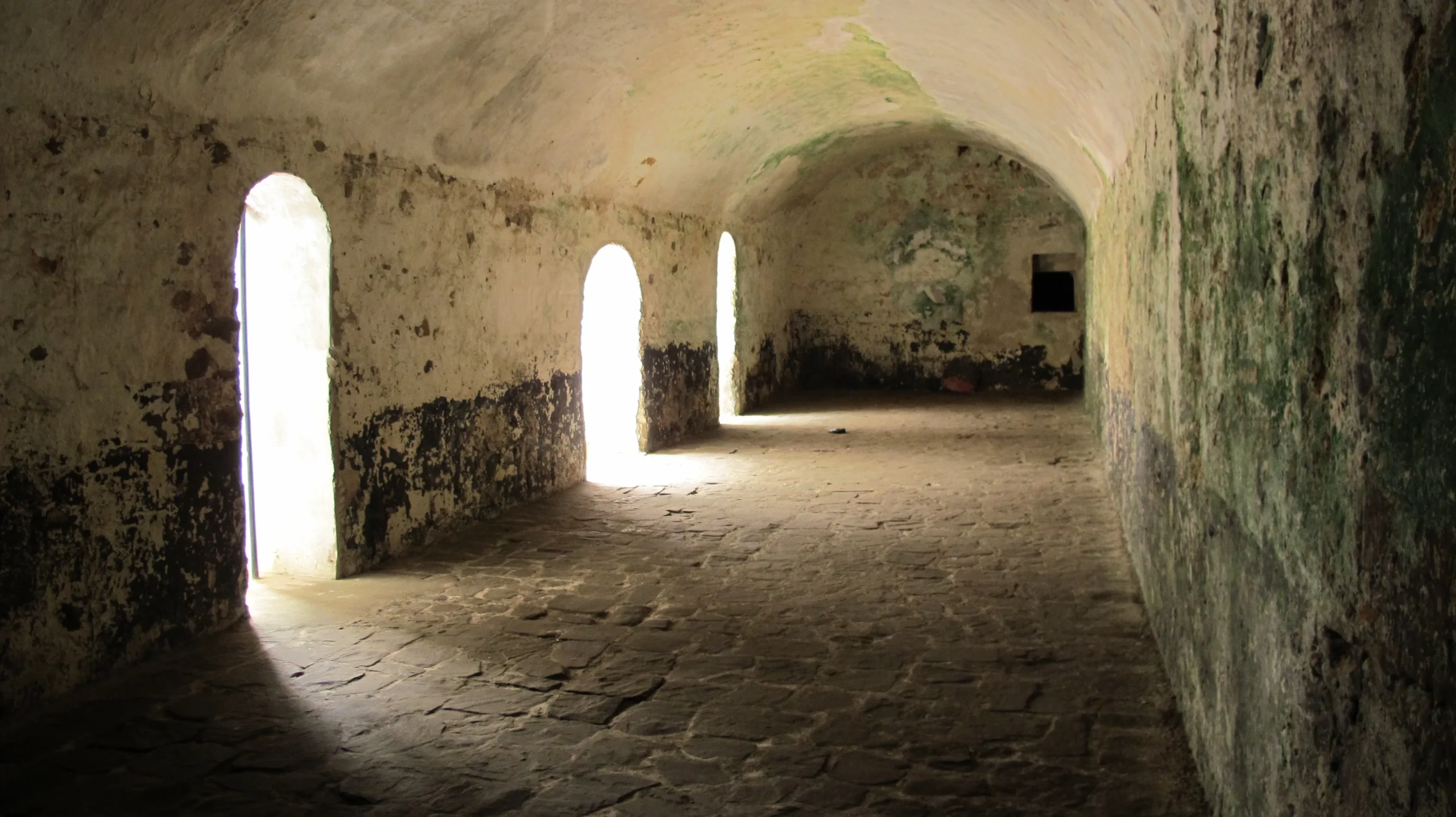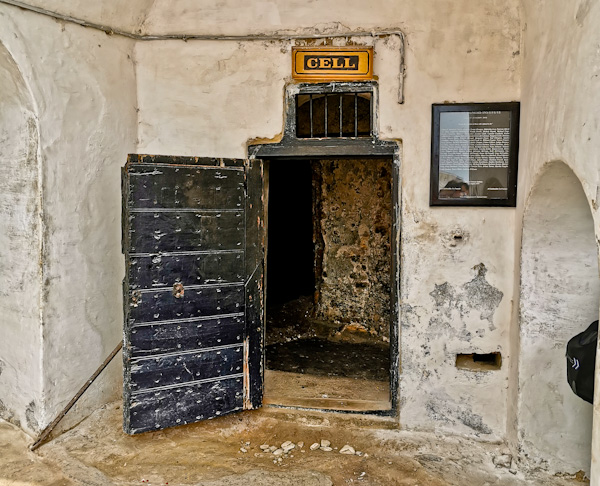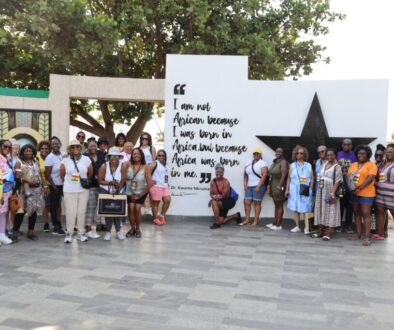Black Americans reconnect with roots in emotional trips to Ghana’s ‘Door of No Return’

Africa is on the rise and African people are also ascending. The “Door of No Return” is a notable and historical feature primarily associated with slave forts and castles located along the coast of West Africa, including those in Ghana. This term is often linked to two prominent locations in Ghana: the Cape Coast Castle and the Elmina Castle.
Cape Coast Castle

The Cape Coast Castle was constructed by the British in the 17th century for the trans-Atlantic slave trade.
The “Door of No Return” was a small gate within the castle through which enslaved Africans passed to board slave ships. This passage was often their last connection with their homeland.
The doorway represents a solemn symbol of the brutal and inhumane treatment suffered by millions during the slave trade.
Today, the Cape Coast Castle serves as a museum and a UNESCO World Heritage Site, where visitors can learn about the history and impact of the slave trade.
Elmina Castle

Elmina Castle, built by the Portuguese in the late 15th century, is recognized as the first trading post built on the Gulf of Guinea and the oldest European building in existence south of the Sahara.
Similar to the Cape Coast Castle, Elmina also has its version of the “Door of No Return” through which enslaved individuals were loaded onto ships. It also functions as a reminder of the atrocities committed during the slave trade and is a place of reflection and remembrance.
Significance & Legacy
The “Door of No Return” at places like the Cape Coast Castle and the Elmina Castle in Ghana is a powerful and sobering symbol of the Trans-Atlantic Slave Trade’s history and inhumanity.
When visiting such sites, here’s what you can generally expect:
- An emotional experience
- To feel reflective & somber: The Door of No Return represents the departure point for countless Africans who were forcibly removed from their homeland, making it a deeply emotional and somber place.
- A contemplative space: Many visitors use this opportunity to reflect on history, honor ancestors, and contemplate the impact of slavery on contemporary societies.

Physical Space
Narrow Passage: The Door of No Return is typically a narrow passage leading out of the castle dungeons to the sea.
Engraved Plaques: There may be plaques, signs, or memorials in or near the Door of No Return commemorating those who suffered and were lost during the slave trade.
Commemoration & Reflection
Memorial Services: Some visitors or groups may choose to hold memorial services, prayer sessions, or reflective moments near the Door of No Return.
Floral Tributes: It’s not uncommon to see wreaths, flowers, or other tributes left near the Door by visitors paying their respects.

Photography Rules
Respectful Photography: While photography may be allowed in some areas, it’s essential to approach it respectfully given the sensitive nature of the site.
Restrictions: Some sections may have restrictions on photography, so adhere to the guidelines provided by the site or your tour guide.
Preparation Tips
Mental Preparation: Be prepared for an emotionally charged visit, as the history and stories associated with these sites are heavy and distressing.
Comfortable Attire: Wear comfortable clothes and footwear, as you might be walking and standing for an extended period.
Respectful Behavior: Approach the site with the solemnity and respect it deserves, keeping in mind its historical significance and the pain associated with it.
Closing Thoughts
Visiting the Door of No Return is a significant, often life-changing experience that offers visitors a deeper understanding of history, the resilience of humanity, and the ongoing struggles against racism and inequality. It is a place not just of remembering and mourning but also of reflection and learning.
When visiting, it is advised to approach these sites with the solemnity and respect they deserve due to their tragic historical significance.
To learn more, register for our next Ghana Information Session.


